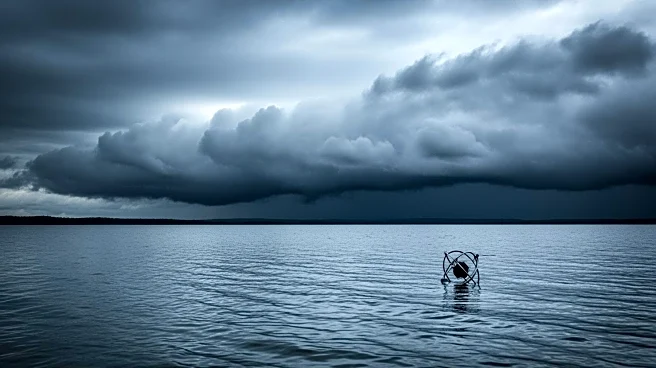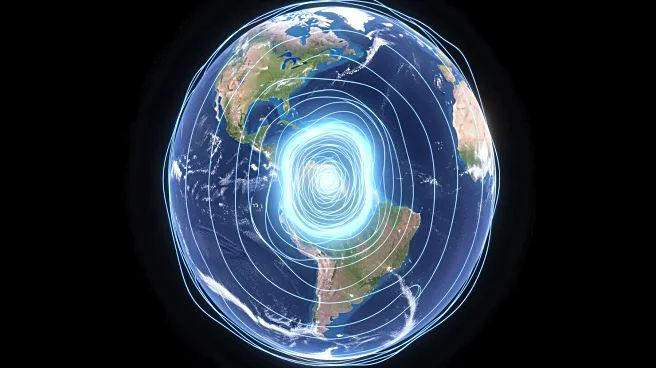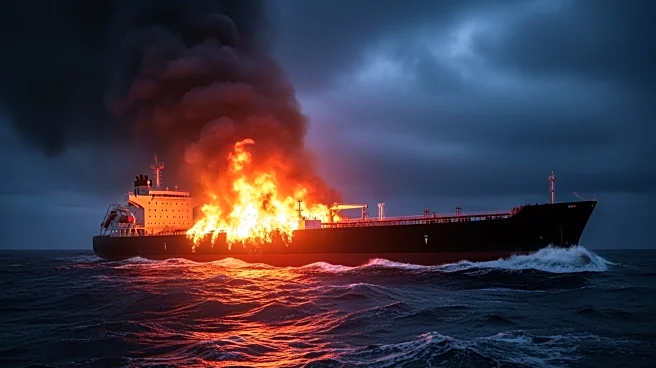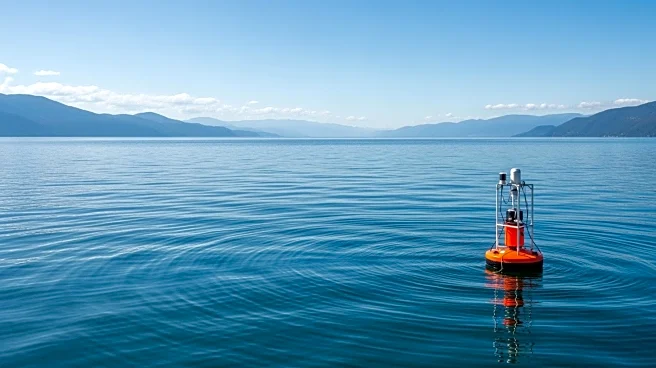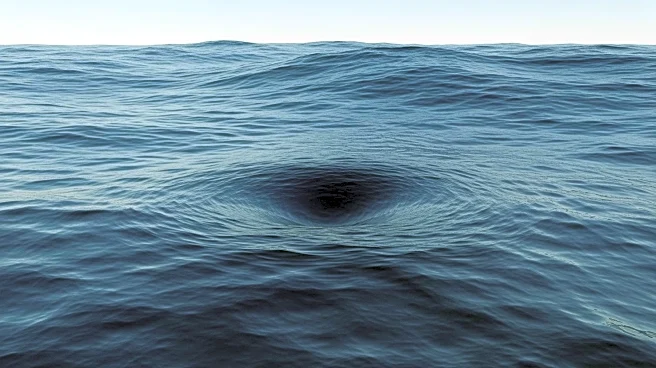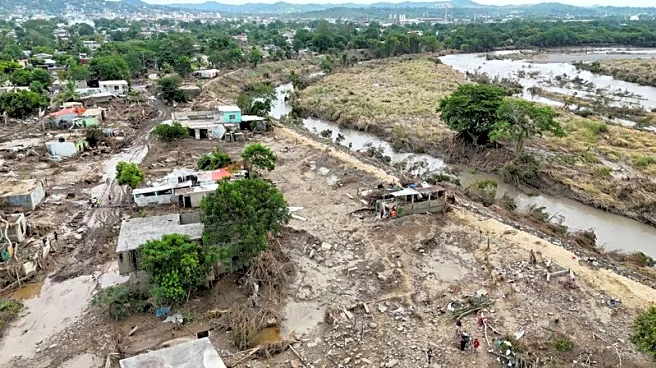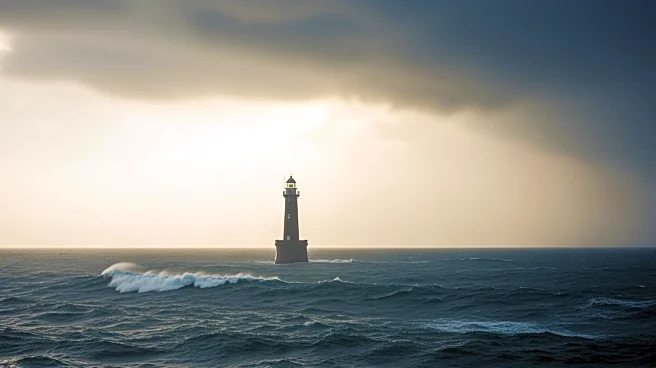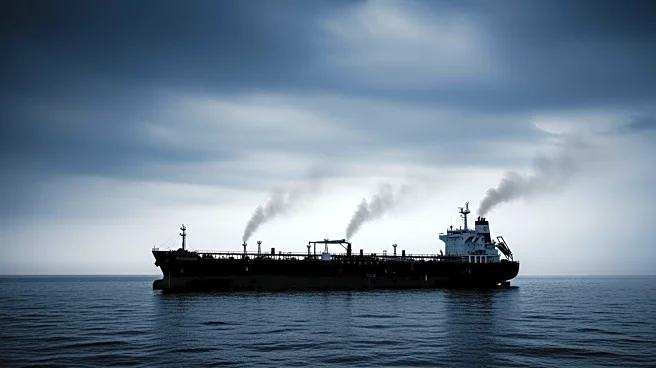What's Happening?
In 1984, a mysterious and deadly event occurred in Cameroon, Africa, when 37 people died suddenly from suffocation near Lake Monoun. Initially, the cause was unknown, with locals attributing it to supernatural forces and officials suspecting a chemical
attack. However, a U.S. scientist, Harold Sigurdsson, discovered that the deaths were caused by a limnic eruption, where carbon dioxide (CO₂) accumulated at the lake's bottom was released in a massive burst. This phenomenon was confirmed two years later at Lake Nyos, where a similar eruption resulted in the deaths of 1,746 people. The discovery highlighted the potential danger of limnic eruptions, particularly in regions with similar geological conditions.
Why It's Important?
The investigation into the limnic eruptions at Lake Monoun and Lake Nyos has significant implications for global safety and environmental monitoring. These events demonstrated the potential for natural disasters to occur without warning, posing a threat to human life. The findings have prompted scientists to monitor other lakes with similar conditions, such as Lake Kivu, which poses a greater risk due to its size and the presence of methane gas. The potential for a catastrophic eruption at Lake Kivu, which could affect millions of people, underscores the need for ongoing research and preventive measures to mitigate the risks associated with limnic eruptions.
What's Next?
Efforts are underway to prevent future disasters by implementing degassing techniques to safely release accumulated gases from affected lakes. Lake Monoun and Lake Nyos have been successfully degassed, reducing the risk of further eruptions. However, Lake Kivu remains a concern due to its vast size and the presence of methane gas. Scientists are closely monitoring the lake, and a company called KivuWatt is extracting methane for electricity generation. Despite these efforts, the region's instability and dense population present challenges to large-scale safety operations, highlighting the need for continued vigilance and international cooperation.
Beyond the Headlines
The events at Lake Monoun and Lake Nyos have raised awareness about the potential for natural disasters to occur in unexpected ways, challenging traditional assumptions about environmental safety. The discovery of limnic eruptions has prompted a reevaluation of risk assessment and disaster preparedness strategies, particularly in regions with similar geological features. Additionally, the situation at Lake Kivu highlights the intersection of environmental science and socio-political factors, as efforts to mitigate the risk of an eruption are complicated by regional conflicts and governance issues.
